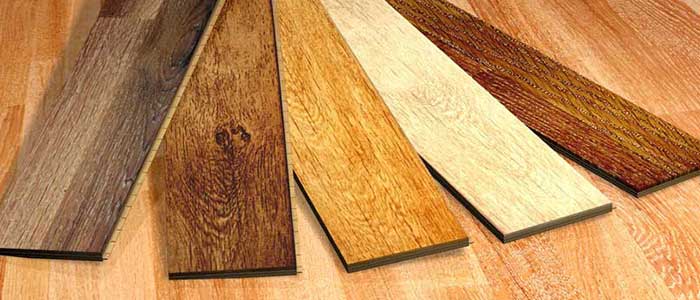In part 1 of this article you can find the answers to some of the most frequently asked questions, when it comes to hardwood flooring, purchasing it, maintaining its condition and look and many other recommendations. We believe that the informed choice is the best choice and we also believe that as experienced and knowledgeable specialists in the field we have the duty to share the knowledge and help you make the best choice when investing in hardwood flooring. Today we reveal more hardwood flooring secrets and provide you with more expert advice.
Why hardwood floors change colour with time?
As a natural product, hardwood floors will experience some colour changes with time and due to different reasons, mainly because affected by the sunlight and everyday use, which leads to quicker wear and tear. Colour changing varies from wood species to wood species, depending on how frequent the floor is used, how it is treated and maintained and if there are undertaken certain steps for prevention and protection. In general, some wood species will get darker and richer in an undertone with time, while others’ colours may fade.
In addition, some floors change dramatically in colour, while others experience a medium transformation. There is not a major difference between softwood and hardwood, however, most softwoods get a yellowish undertone when affected by the sun. To prevent that you can ask for professional application of UV filter finish, relocate large furniture pieces and rugs often for an even change in colour and hang on thicker curtains in rooms, where there is a major exposure to natural daylight.
What actually is an engineered wood floor?
Many people still don’t know the difference between laminate and engineered wood and confuse about the two concepts. While laminate isn’t made from natural products, engineered wood is. Designed to be more hard-wearing and resistant to moisture and great for areas with high indoor humidity and heavy traffic, engineered wood planks are made from several layers of softwood, or plywood, which are glued together crisscrossed and then topped with a thin hardwood veneer. When installed, engineered wood floors look exactly like solid wood floors, however, they are not that dramatically affected by moisture and wear and tear.
Is DIY hardwood floor installation recommended?
Well, do you believe you are capable of DIY fitting your own floor? Do not forget that hardwood flooring materials are expensive, you hardly have a second chance to redo the floor, you are going to need time, knowledge, equipment and a lot of energy and finally – you have to live with this floor for at least a few decades, so the final result has to be nothing less than perfect! If you prefer to attempt and DIY the project, instead of paying extra money for professional service, then take your time to learn what you need to know, there are many online guides. If you don’t have any experience, however, it will be challenging for you the first time and we consider hiring a professional service.
Stay tuned for article part 3 on the topic! We want to answer all your questions precisely and provide you with useful and helpful information!

Be the first to comment on this post.